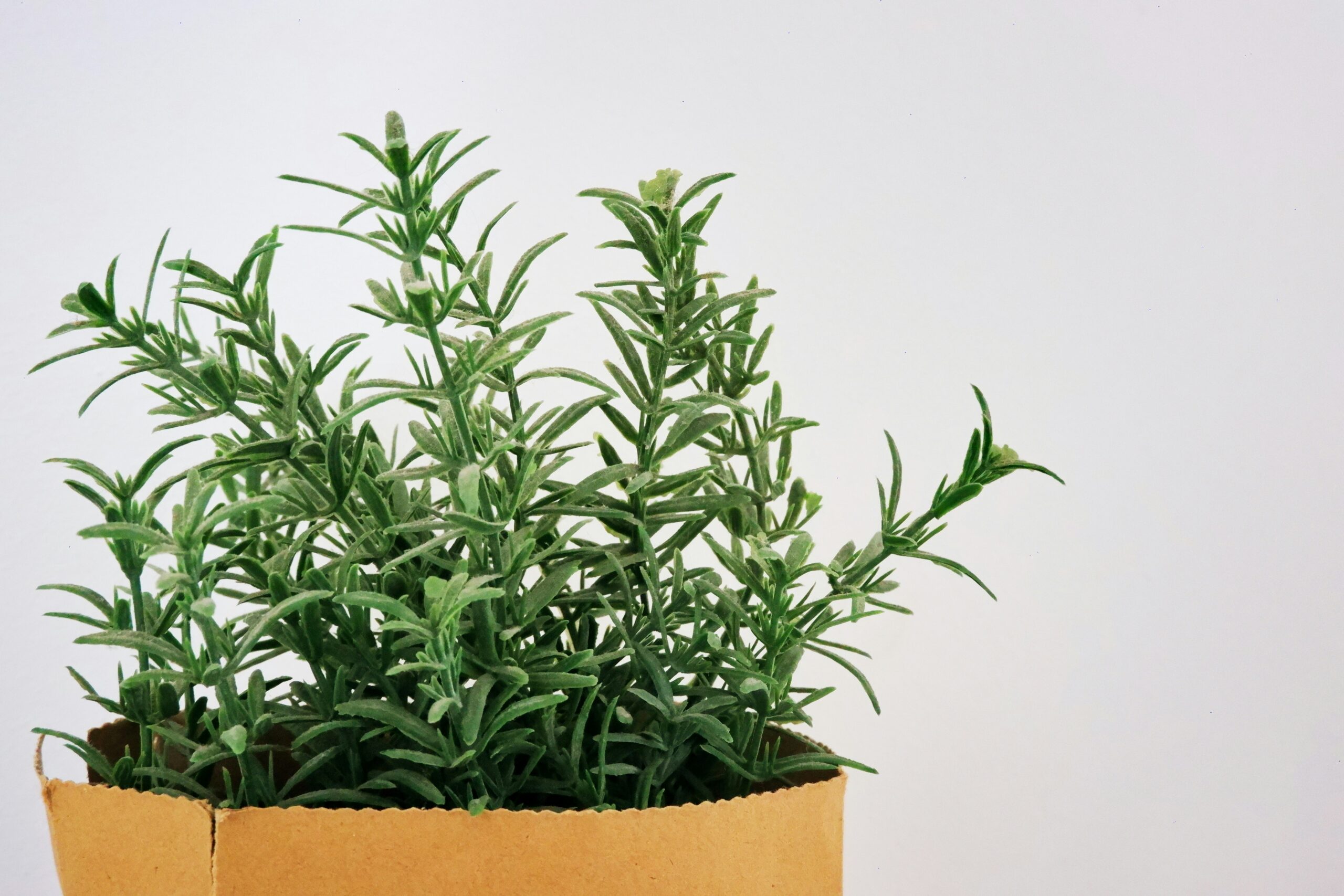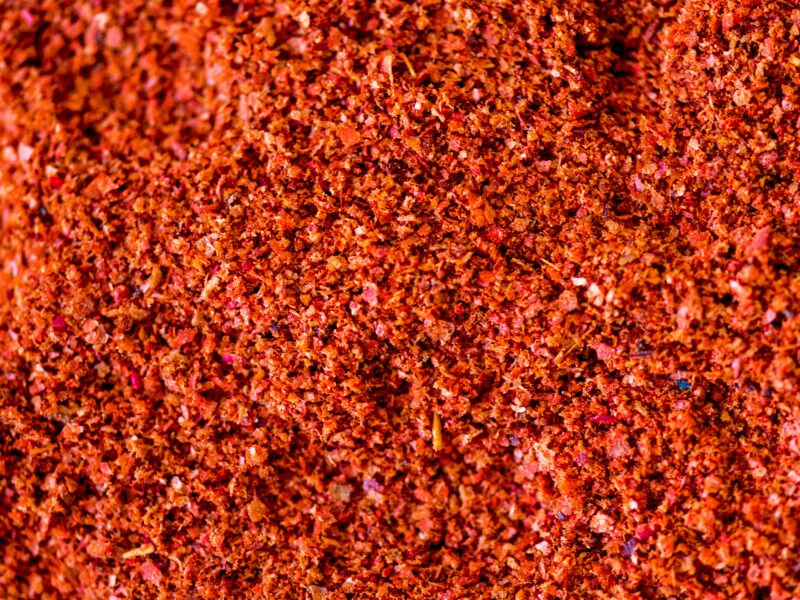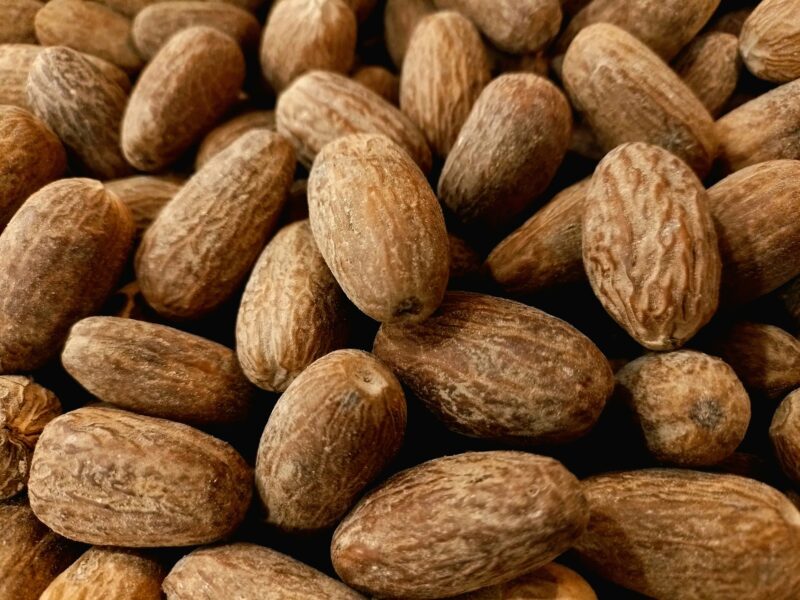Rosemary is a fragrant herb widely used in Mediterranean and global cuisines. Known for its piney aroma and robust flavor, rosemary has been cherished for centuries, offering depth and complexity to both savory and sweet dishes. Whether it’s paired with meats, roasted vegetables, or even desserts, rosemary’s versatility makes it a must-have herb in any kitchen. But what exactly does rosemary taste like, and how can you best incorporate it into your meals?
Origin and cultivation
Rosemary (Rosmarinus officinalis) is native to the Mediterranean region, where it thrives in the warm, dry climate. Historically, rosemary was used not only as a culinary herb but also for its medicinal properties. Today, rosemary is cultivated around the world, especially in Mediterranean countries like Spain, Italy, and Greece, as well as in parts of the United States.
The herb is harvested for its aromatic, needle-like leaves, which can be used fresh or dried. Fresh rosemary has a lighter, more delicate flavor, while dried rosemary offers a stronger, more concentrated taste. Rosemary can be harvested year-round.
What does rosemary taste like?
Rosemary has a bold, piney flavor that’s often described as earthy with hints of lemon and mint. Its robust flavor makes it an ideal addition to hearty dishes like roasted meats and stews, where it complements rich flavors. Rosemary’s flavor profile is also slightly woody, making it an excellent choice to pair with vegetables like potatoes, carrots, and squash.
Flavor nuances
- Piney, resinous flavor
- Earthy with hints of lemon and mint
- Pairs well with garlic, thyme, and lemon
Rosemary substitutes – what can you use instead?
If you find yourself out of rosemary, there are several substitutes that can replicate its unique flavor profile. These herbs may offer slightly different characteristics, but they still work well in recipes that call for rosemary.
- Thyme: Milder in flavor but shares similar earthiness and is a great alternative in Mediterranean dishes.
- Sage: A more peppery, slightly bitter substitute that adds depth to rich dishes.
- Oregano: Slightly more pungent but can replace rosemary in hearty meat dishes and stews.
- Basil: Offers a fresher, more delicate flavor but works well in lighter, fresher dishes.
Difference between fresh and dried rosemary
Fresh rosemary offers a vibrant, aromatic flavor, which makes it ideal for garnishing and quick-cooking dishes. Dried rosemary, on the other hand, has a more intense flavor due to the concentration of oils during the drying process. It works best in slow-cooked dishes like stews and marinades, where the flavor has time to infuse.
How to use rosemary in cooking
Rosemary is incredibly versatile and can be used in both savory and sweet dishes. Its bold flavor is perfect for enhancing meats, vegetables, and even desserts.
In savory dishes:
- Roasted meats: Rosemary is a classic seasoning for roasted lamb, pork, and chicken, infusing the meat with an aromatic flavor.
- Soups and stews: It adds depth to broths, stews, and sauces, particularly those with root vegetables and legumes.
- Marinades and sauces: Rosemary is essential in marinades for grilled meats and in sauces like tomato sauce or béchamel.
In sweet dishes:
- Lemon rosemary cake: A fragrant cake that pairs the earthy rosemary flavor with fresh lemon zest.
- Herbal syrups: Infuse simple syrup with rosemary for use in cocktails or iced teas.
- Rosemary shortbread cookies: A delicate cookie that highlights rosemary’s unique flavor alongside sweet butter.
- Rosmary roasted chicken: A classic, where rosemary infuses the chicken with a fragrant, savory flavor
- Potatoes with rosemary: A simple yet flavorful dish of roasted potatoes with rosemary
- Lemon rosemary cake: A unique twist on a citrus cake with the aromatic infusion of rosemary
Cooking tips:
- ✔ Rosemary has a potent flavor, so use it sparingly in dishes to avoid overwhelming the other flavors. It’s best added early in the cooking process so the flavors can meld.
- ✔ Fresh rosemary should be stored in the refrigerator, wrapped in a damp paper towel. Dried rosemary should be stored in an airtight container, away from sunlight, to preserve its aroma.
- ✔ Rosemary pairs well with hearty meats like lamb, beef, and pork. It also complements roasted vegetables and is perfect in Mediterranean and Italian recipes. Pair it with garlic and lemon for an extra flavor boost.
Where can you buy rosemary?
Rosemary is widely available in both fresh and dried forms at most grocery stores, especially in the herb section. Specialty spice shops, Mediterranean markets, and online retailers often offer high-quality fresh rosemary and dried rosemary varieties.
Why rosemary deserves a place in your kitchen
Rosemary is a versatile herb with an aromatic flavor that enhances a wide variety of savory and sweet dishes. Whether you’re using it to season roasted meats, flavor soups, or create unique desserts, rosemary’s fragrant piney flavor adds depth and complexity to your cooking. With its ability to complement meats, vegetables, and even lemon-based dishes, rosemary truly deserves a place in every kitchen.


